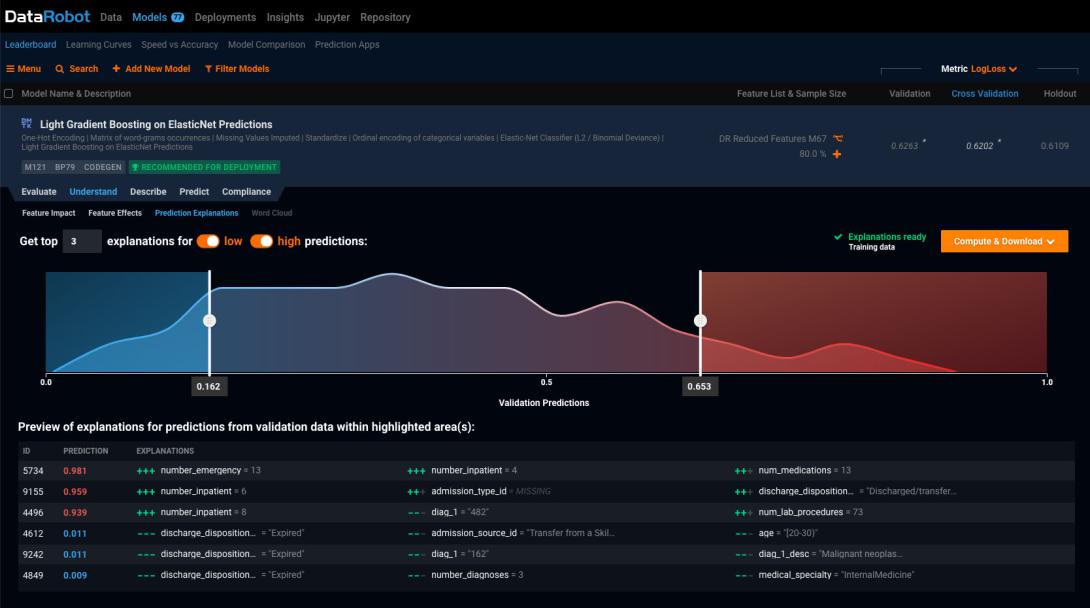Silicon Valley Technology Transitions to Border Security
U.S. Customs and Border Protection (CBP) is benefiting from the first three technologies to successfully transition from the Department of Homeland Security Science and Technology Directorate’s Silicon Valley Innovation Program (SVIP).
Tamr Inc. was one of the directorate’s first group of companies under the SVIP and was the first project to transition to CBP use. The firm was tasked with enhancing the Global Travel Assessment System (GTAS), a nonproprietary computer application available to partner countries that provides the capability to screen foreign travelers. The CBP developed the system to combat foreign terrorist fighters by using industry-regulated traveler information.
Tamr’s software improves the analysis of multiple data sets to determine matches between entities, data sets and possible relationships within the GTAS. The company’s solution resides within the core of the system and helps users sort through data that appears to be the same but is different, a common challenge in the dynamic travel environment.
The CBP also purchased pilot licenses of DataRobot’s applied automated machine learning (AML) for the GTAS to expedite the development of predictive models. Currently, the time required to develop predictive models places them at risk of being outdated before they are completed. By applying AML, DataRobot can produce models faster and more accurately. The CBP says the AML also is easier to use than traditional machine learning by automatically completing complex tasks while simplifying the user experience.
DataRobot’s technology is helping conduct the counter-narcotics mission, identifying ways to improve the facilitation of lawful trade and travel, and developing and testing synthetic data sets to further spur CBP innovation.
Echodyne Corporation, another member of the SVIP’s first group of companies, created the Metamaterial Electronically Scanning Array (MESA) radar system. It uses engineered, artificial materials with properties to build a new architecture for an all-electronic scanning radar system.
The CBP purchased a pilot quantity of MESA radar units and intends to test their efficacy in two programs to evaluate their ability to improve border situational awareness.
In addition to this testing, MESA currently is being used as the primary detection and cueing component on autonomous surveillance towers deployed in the San Diego Sector.
Following additional testing, the CBP may procure additional radar units during the next three years.
These three technologies are the first to come from SVIP, a program designed to connect DHS with startups and small businesses to find innovative solutions for the threats facing the homeland security mission.
“By engaging with small businesses and startups, S&T has gained access to the previously inaccessible, cutting-edge innovations available in the commercial market,” said William N. Bryan, senior official performing the duties of the undersecretary of science and technology.
“These transitions are proof of the power of collaboration between DHS and startups and between SVIP and operational components like CBP,” said Melissa Oh, SVIP managing director. “With dozens more companies currently in the program, we can expect more transitions in 2019.”






Comment
Thank you for your
Thank you for your informative post keep sharing the valuable information like this..
https://www. piperr.io/
Comments